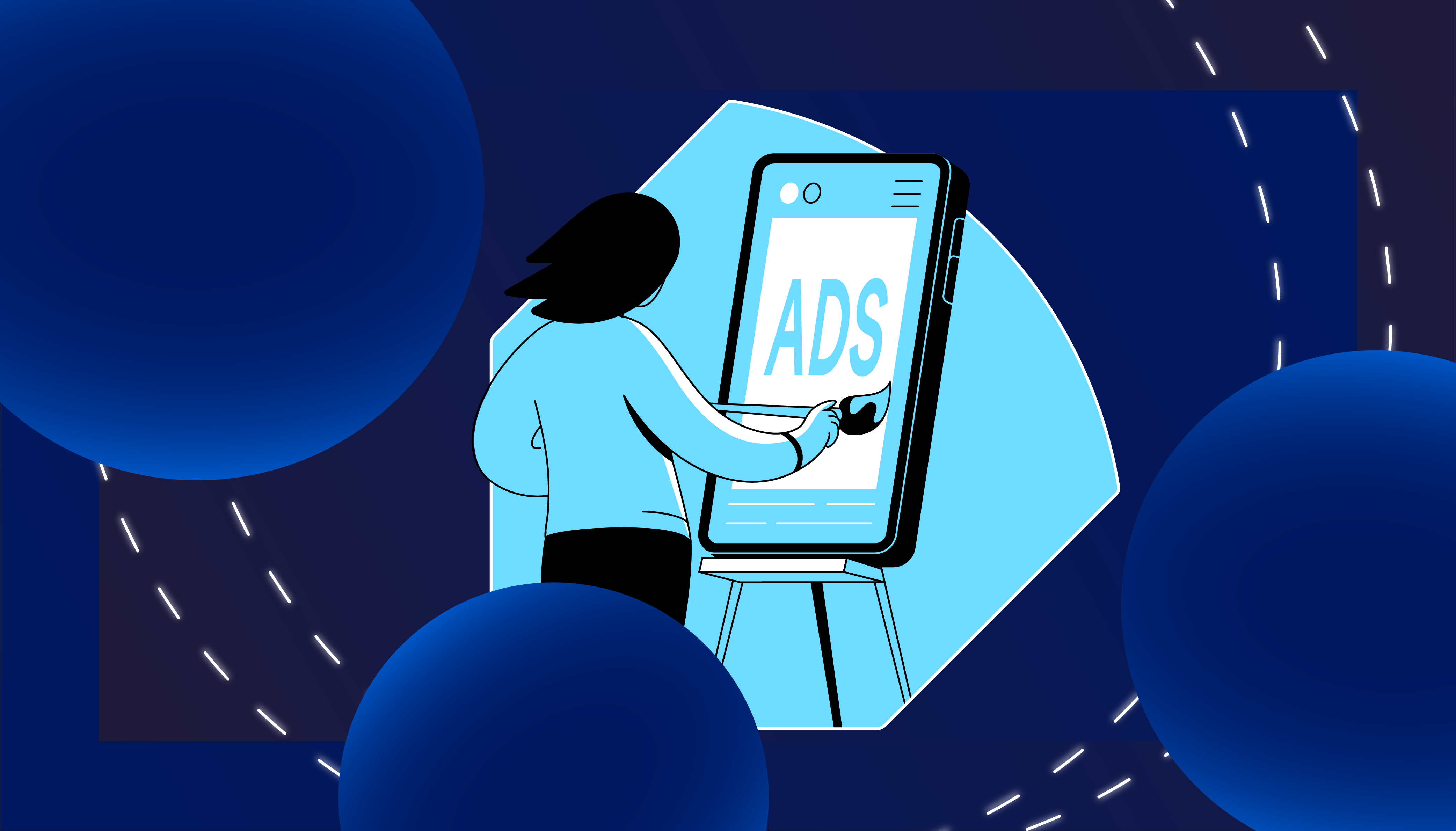Mobile app abandonment is one of the most significant challenges facing developers and marketers today. With millions of apps competing for user attention, understanding why users abandon apps and how to bring them back through effective retargeting has become crucial for sustainable app success.
The Psychology of App Abandonment
User abandonment isn't a single event but a process that occurs over time. Understanding the psychological factors behind why users drift away from apps provides valuable insights for crafting effective retargeting strategies. Common triggers include overwhelming interfaces, lack of perceived value, poor onboarding experiences, and the natural decay of interest over time.
Most users don't make a conscious decision to abandon an app—instead, they gradually use it less frequently until it is forgotten. This pattern presents both challenges and opportunities for retargeting efforts.
Identifying Abandonment Patterns
Different types of apps experience distinct abandonment patterns. Understanding these patterns is crucial for implementing effective retargeting strategies:
Early Abandonment
The critical first few days after installation often determine long-term app retention. Users who don't find immediate value or struggle with onboarding are likely to abandon the app quickly. To prevent permanent loss, early abandonment requires swift, value-focused retargeting.
Gradual Disengagement
More common than sudden abandonment, gradual disengagement manifests as decreasing usage frequency and shorter session lengths. This pattern offers multiple opportunities for intervention through strategic retargeting campaigns.
Seasonal Usage
Some apps naturally experience usage fluctuations based on seasons or events. Understanding these patterns helps distinguish natural usage cycles from true abandonment, enabling more nuanced retargeting approaches.
Key Abandonment Triggers
Understanding what prompts users to abandon apps helps inform more effective retargeting strategies:
Value Proposition Disconnect
Users who don't experience the value they expected will likely abandon the app. Retargeting should focus on clearly communicating and demonstrating the app's core benefits.
Technical Friction
Performance issues, crashes, or complicated interfaces can drive users away. Retargeting messages acknowledging and addressing these concerns can help rebuild trust.
Competitive Displacement
Users might switch to competing apps offering better features or experiences. Retargeting needs to emphasize unique value propositions and new capabilities.
Strategic Retargeting Approaches
Effective retargeting for abandoned users requires a sophisticated, multi-faceted approach:
Timing-Based Strategies
The timing of retargeting messages significantly impacts their effectiveness. Engage users during their historically active periods or when they're most likely to be receptive to re-engagement messages.
Value-Driven Messaging
Focus on communicating clear value propositions and the specific benefits users miss by not using the app. Highlight new features, improvements, or success stories that might rekindle interest.
Personalized Re-engagement
Use past behavior data to create personalized retargeting campaigns that speak to individual user interests and usage patterns. This might include customized content recommendations or feature highlights based on previous engagements.
The Role of Data in Understanding Abandonment
Data analysis plays a crucial role in understanding and addressing app abandonment:
Usage Analytics
Deep analysis of user behavior patterns can reveal common abandonment triggers and optimal intervention points. Look for patterns in:
- Session frequency and duration
- Feature usage trends
- Critical actions completed
- Time between sessions
Cohort Analysis
Analyzing different user cohorts helps identify which groups are most likely to abandon and which respond best to different retargeting approaches.
Implementing Effective Re-engagement Campaigns
Success in bringing back abandoned users requires carefully crafted re-engagement strategies:
Progressive Re-engagement
Start with soft re-engagement attempts and gradually increase intensity based on user response. This might begin with subtle reminders and progress to more direct incentives for returning.
Value-First Approach
Focus initial re-engagement messages on value rather than promotional content. Remind users of the problems your app solves or the benefits they're missing.
Measuring Retargeting Success
Tracking the right metrics is crucial for understanding retargeting effectiveness:
Return Rate
Monitor the number of abandoned users who return after exposure to retargeting campaigns and, more importantly, the number who stay active afterward.
Re-engagement Quality
Look beyond simple return rates to measure the quality of re-engagement:
- Session length after return
- Feature adoption
- Long-term retention rates
- User satisfaction metrics
Privacy and User Experience Considerations
Re-engagement efforts must balance effectiveness with respect for user privacy and preferences:
Respectful Retargeting
Maintain appropriate frequency and timing of retargeting messages to avoid overwhelming users.
Privacy-First Approach
Ensure all retargeting efforts comply with privacy regulations and user preferences.
Looking Forward
The future of app abandonment prevention and retargeting will likely see:
- More sophisticated predictive analytics
- Better personalization capabilities
- Enhanced cross-channel coordination
- Improved measurement of re-engagement impact
Understanding and addressing app abandonment requires a sophisticated approach that combines behavioral analysis, strategic timing, and personalized messaging. Success lies in viewing abandonment not as a single event but as a process that can be interrupted and reversed through thoughtful retargeting strategies.
The key is to focus on delivering genuine value while maintaining respect for user privacy and preferences. By understanding why users abandon apps and implementing strategic retargeting campaigns, marketers can significantly improve their ability to bring users back and keep them engaged for the long term.











